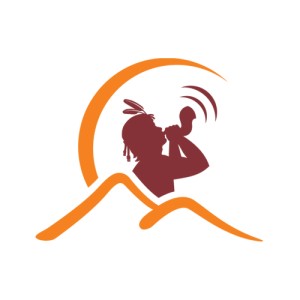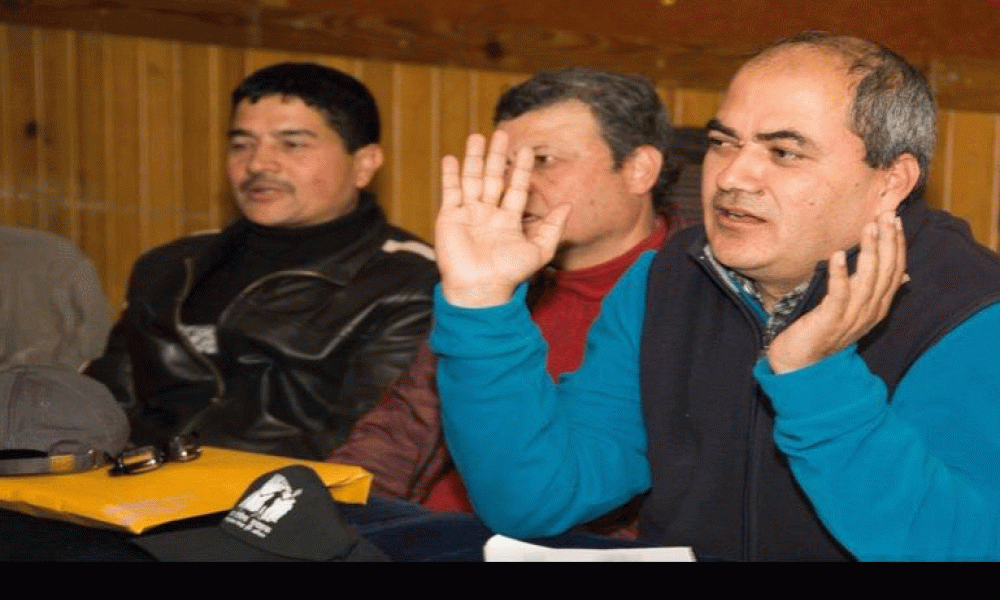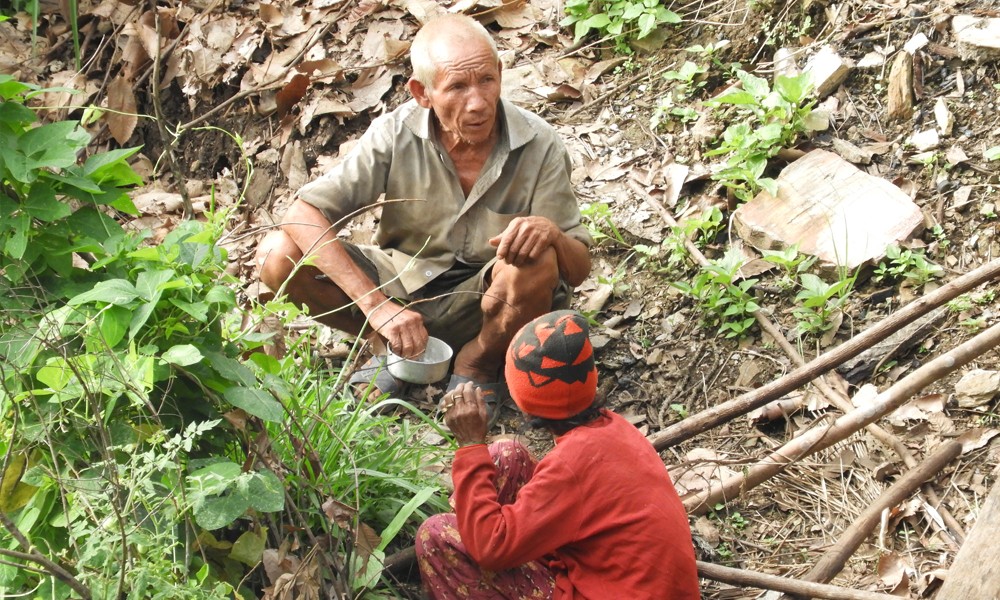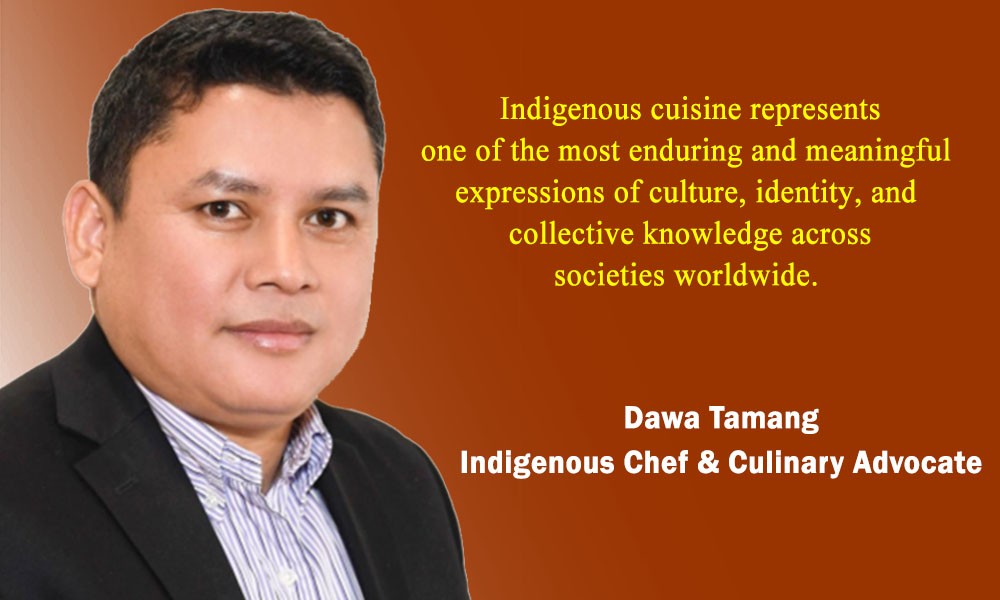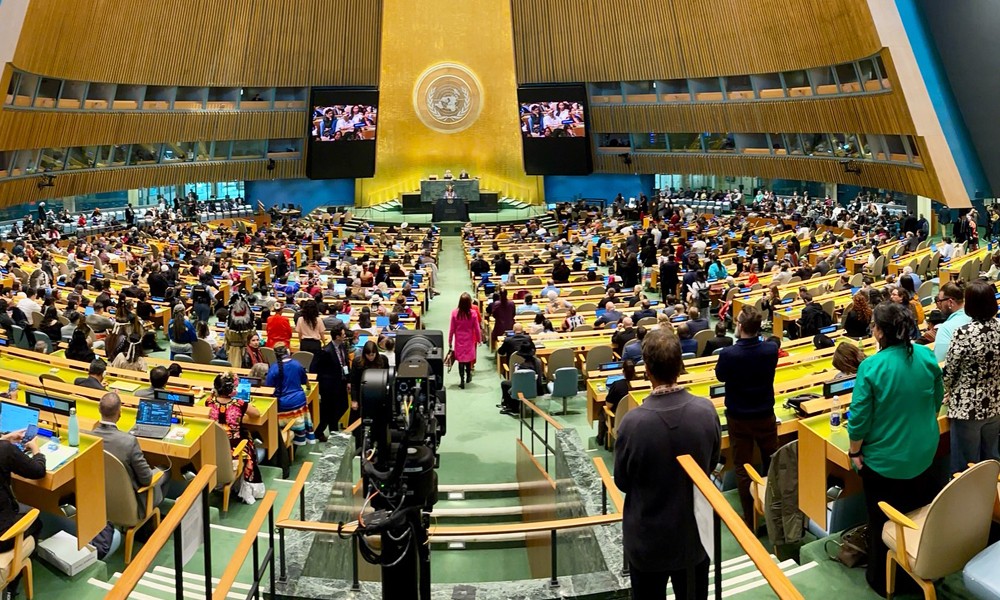Jagat Basnet
land rights activist
Nepal has a quite long history of tenancy rights movement, but hundreds of thousands of people are still landless here. Why?
Landless people have never had a say in constitution writing process. All constitutions, acts and laws passed by Nepal so far were written by land owners. Those who own land never speak for landless. Lands in the Tarai are fertile because they were tilled by Tharus. Indigenous Tharus irrigated lands in the Tarai with their blood, sweat and tears. But Tharu tillers never got their due. Nor have they ever been able to shape the country's laws and policies.
A lot of landless people will get lands if ceiling on land holding is enforced. Isn't it?
I must say those who were rewarded with lands by Shah kings and Rana oligarchs should not be compensated when their lands are distributed among the landless tillers. But we have a long way to go to that direction.
I must say those who were rewarded with lands by Shah kings and Rana oligarchs should not be compensated when their lands are distributed among the landless tillers. But we have a long way to go to that direction.
In eastern Nepal, the Limbu people have been demanding reinstatement of their Kipat system. What is your take on it?
The Limbu people enjoyed land rights under Kipat system in the past. Their lands were later seized by the state. But we have never debated land rights vis-à-vis Kipat system. We should debate it at the local level. Who are land owners? Who are landless tillers? We must try to seek answers to these questions right from the grass-root level. We cannot understand these issues from Singha Darbar. If we want to address issues of land and agriculture, we must reach out to local people at the local level.
Indigenous people worship their deities in the jungle. But the jungles where they had set up altars of their deities are now under forest user groups. This is a very complicated case, isn't it? What do you have to say?
Lands in the jungle or lands by rivers are very important for livelihood of indigenous people. Look at Majhis, how important land by the river is to them for their livelihood. So we know how important the jungle land to indigenous people.
If we really wanted to rehabilitate freed Kamaiyas and Haliyas, we should have interacted with them at ward, village and district levels.
Rehabilitation of freed Kamaiyas seems to be a lost cause. What went wrong?
We tried to look at issues of freed Kamaiyas from above. We never tried to understand real issues of freed Kamaiyas at the local level. Some Kamaiya representatives came to Kathmandu, the government signed agreements with them but who wants what at the local level was amiss. If we really wanted to rehabilitate freed Kamaiyas and Haliyas, we should have interacted with them at ward, village and district levels.
How do you see Nepal's new constitution vis-à-vis land rights?
As for lands occupied by traditional social trusts, the constitution says there will be acts. The constitution also says land rights will be given to peasants by formulating laws in the future. I think these are new aspects of the constitution.


